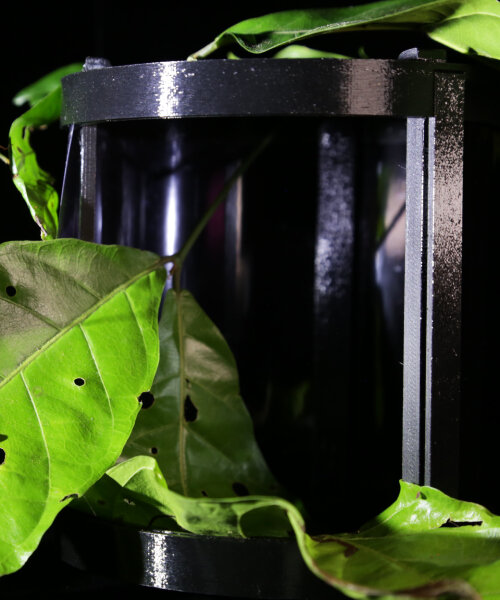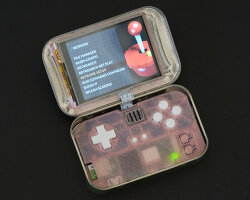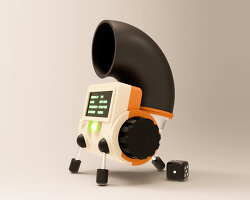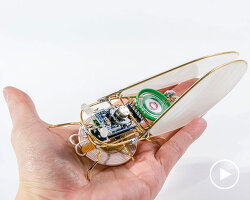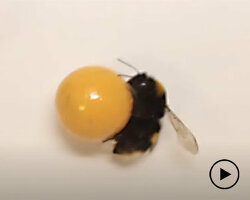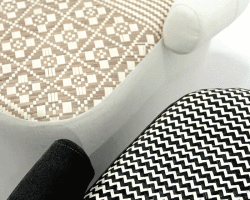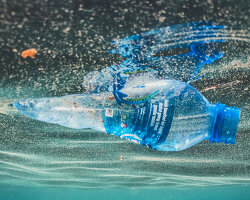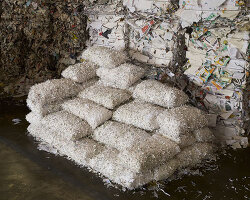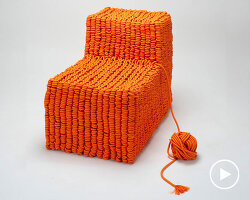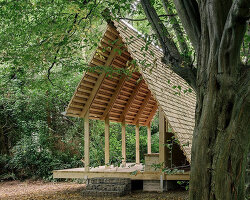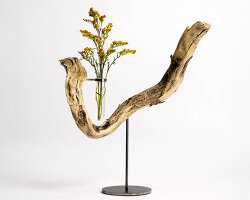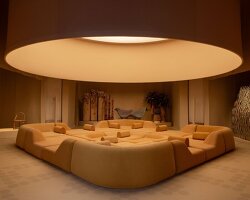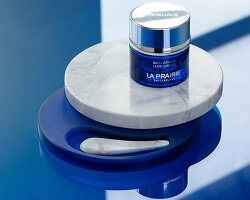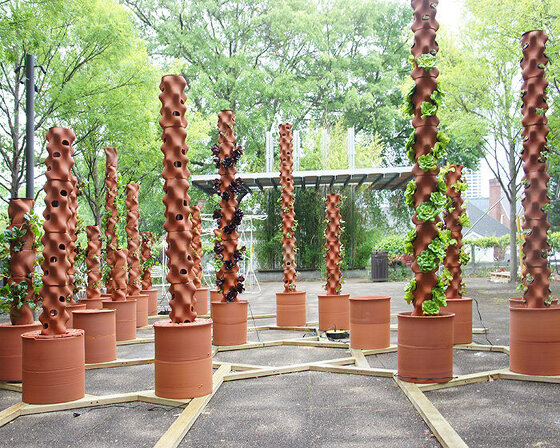Sabine marcelis and deep develop 3D-printed armature
Studio Sabine Marcelis worked with DEEP, an ecological organization, and the insect researchers of Projeto Mantis to develop a 3D-printed enclosure or armature made of reclaimed slate biofilament. The recycled rock is transformed into a case that can safely and ethically collect, transport, and house live insects and specimens for scientific research, studies and observation. The armature forms part of EXOPACK, a biodiversity design project of DEEP that supports research on undiscovered and critically endangered insects in the remote Amazon rainforest.

images courtesy of DEEP
Live insect case made of recycled rock
For the 3D-printed armature, Sabine Marcelis and DEEP’s Clea Irving and James Deutsher made sure that the resulting EXOPACK project is lightweight, flat-pack ready, and can be easily assembled. It’s also essential that the case be reusable and have a clear side or wall to allow researchers to easily see, observe, and identify the live insects and specimens collected. An opaque or shaded side should also be present to prevent males from sitting next to each other in a laboratory environment. The 3D-printed armature should also be made using accessible materials.
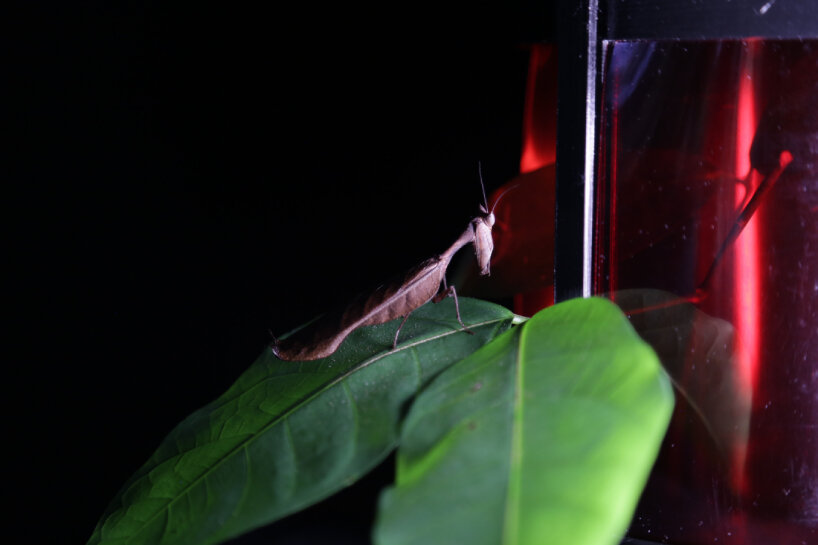
the 3D-printed armature forms part of EXOPACK, a biodiversity design project of DEEP
Going through the brief, Sabine Marcelis and DEEP, along with the Projeto Mantis for the test, began the creation of their 3D-printed armature for EXOPACK with reclaimed recycled rock slate and biofilament. They then developed two parts so that the case can be closed and opened upwards and downwards, allowing for adjustable space inside for the live insects and specimens. Studio Sabine Marcelis also deployed their signature color fades using PET film, which serves as the wall of the 3D-printed armature for insect collection and feeding. Since it is lightweight and portable, the case can be brought to some of the world’s most biodiverse and remote ecosystems.
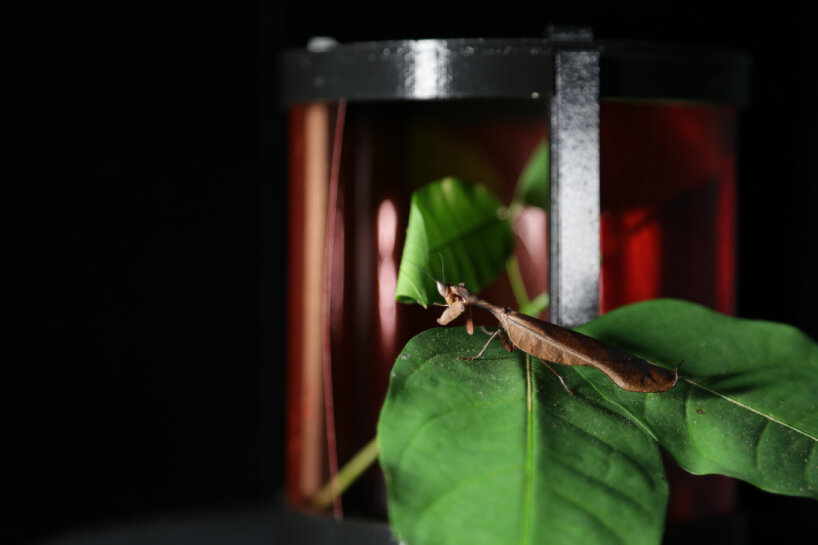
Studio Sabine Marcelis also deployed their signature color using PET film, the wall of the 3D-printed armature
Field testing EXOPACK’s 3D-printed armature
In fact, DEEP and Projeto Mantis’ teams carried the EXOPACK 3D-printed armature to the Viruá National Park in the Brazilian Amazon for field testing. It took them over 90 hours of fieldwork at night to test Sabine Marcelis’ 3D-printed case, and their findings include the discovery of over 30 mantis species from 24 different genera. They were also able to uncover a wide variety of camouflages – including dead leaf, stick, and bark – and at least one new mantis species, including male, female, juvenile, and behavioral observation data. As of publishing the story, DEEP plans to continue its environmental and scientific collaborations and studies. Its 3D-printed armature with Sabine Marcelis is only one of the other products it eyes to develop in the future for the EXOPACK biodiversity project.
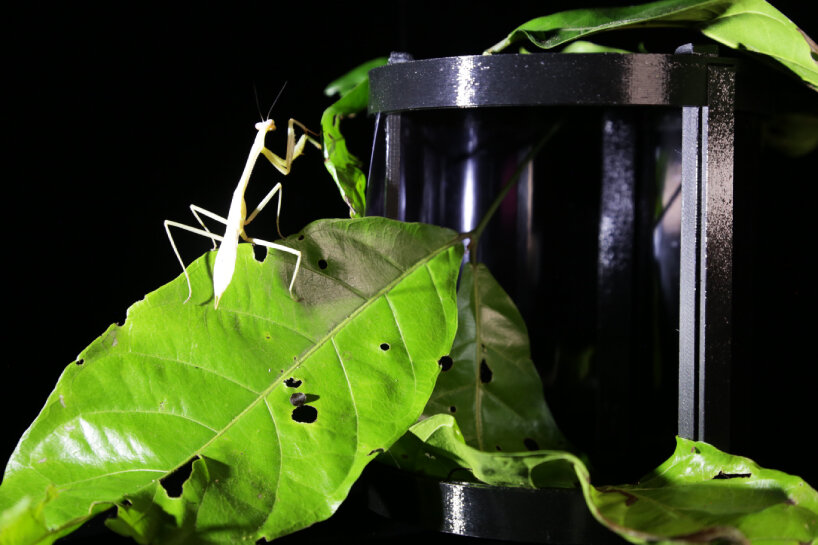
the creation of the 3D-printed armature for EXOPACK began with reclaimed recycled rock slate and biofilament

the resulting EXOPACK project is lightweight, flat-pack ready, and can be easily assembled
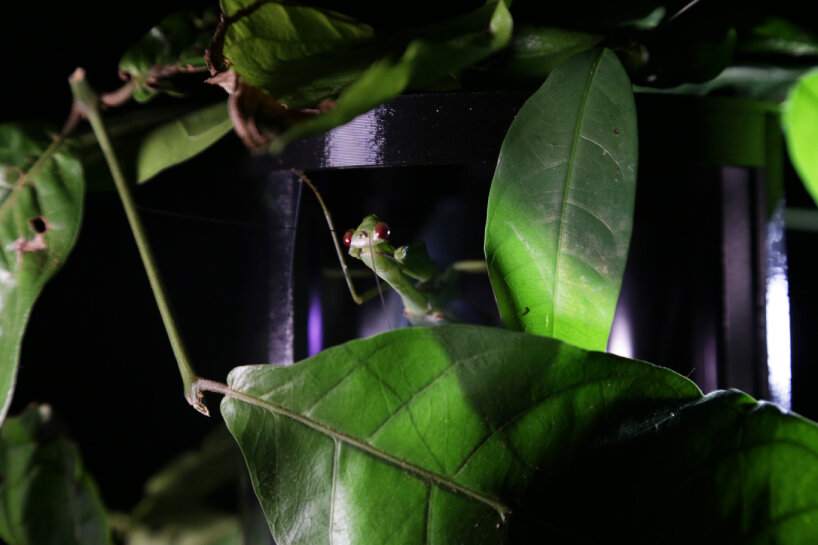
it’s also essential that the 3D-printed case be reusable and have a clear side or wall
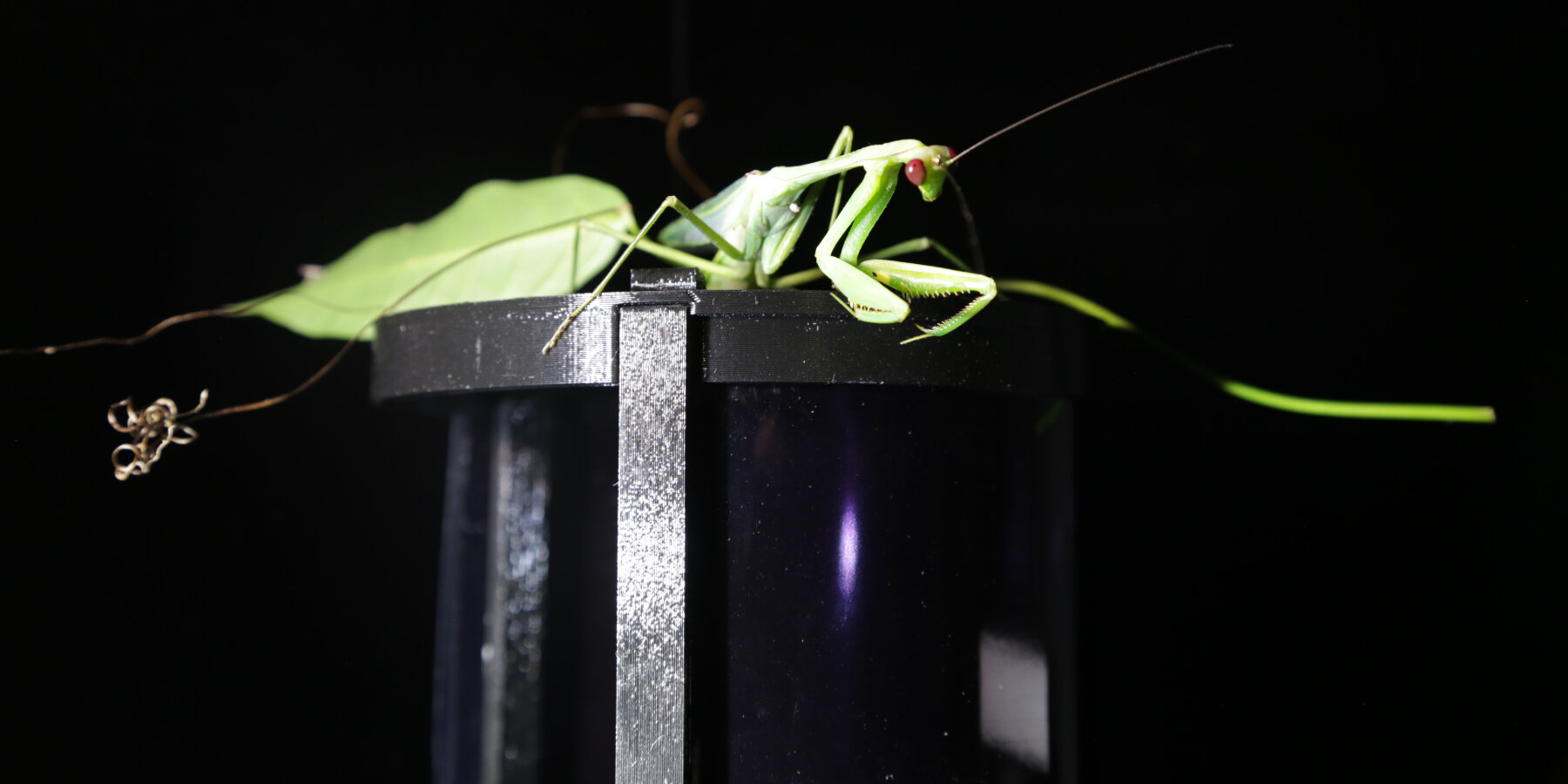
detailed view of the EXOPACK 3D-printed armature by Sabine Marcelis and DEEP

the recycled rock is transformed into a case that can safely and ethically collect, transport, and house live insects

Sabine Marcelis also developed two parts so that the case can be closed and opened upwards and downwards
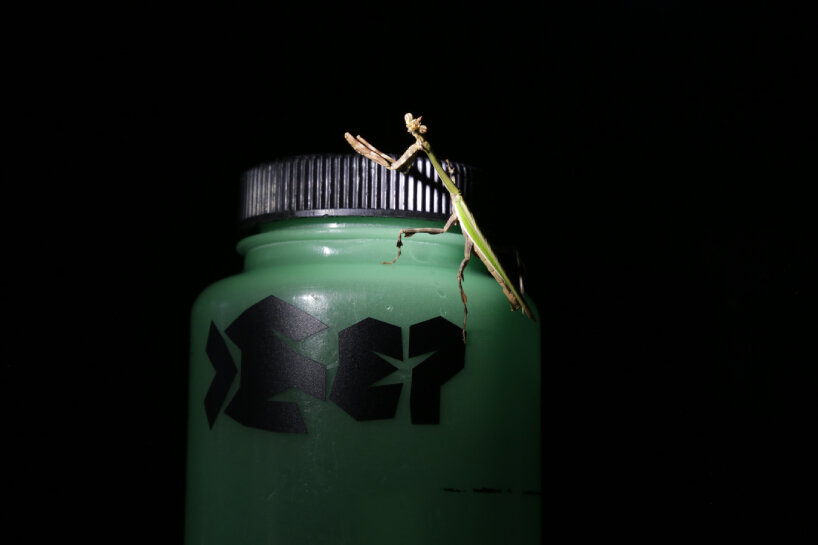
DEEP is an ecological organization
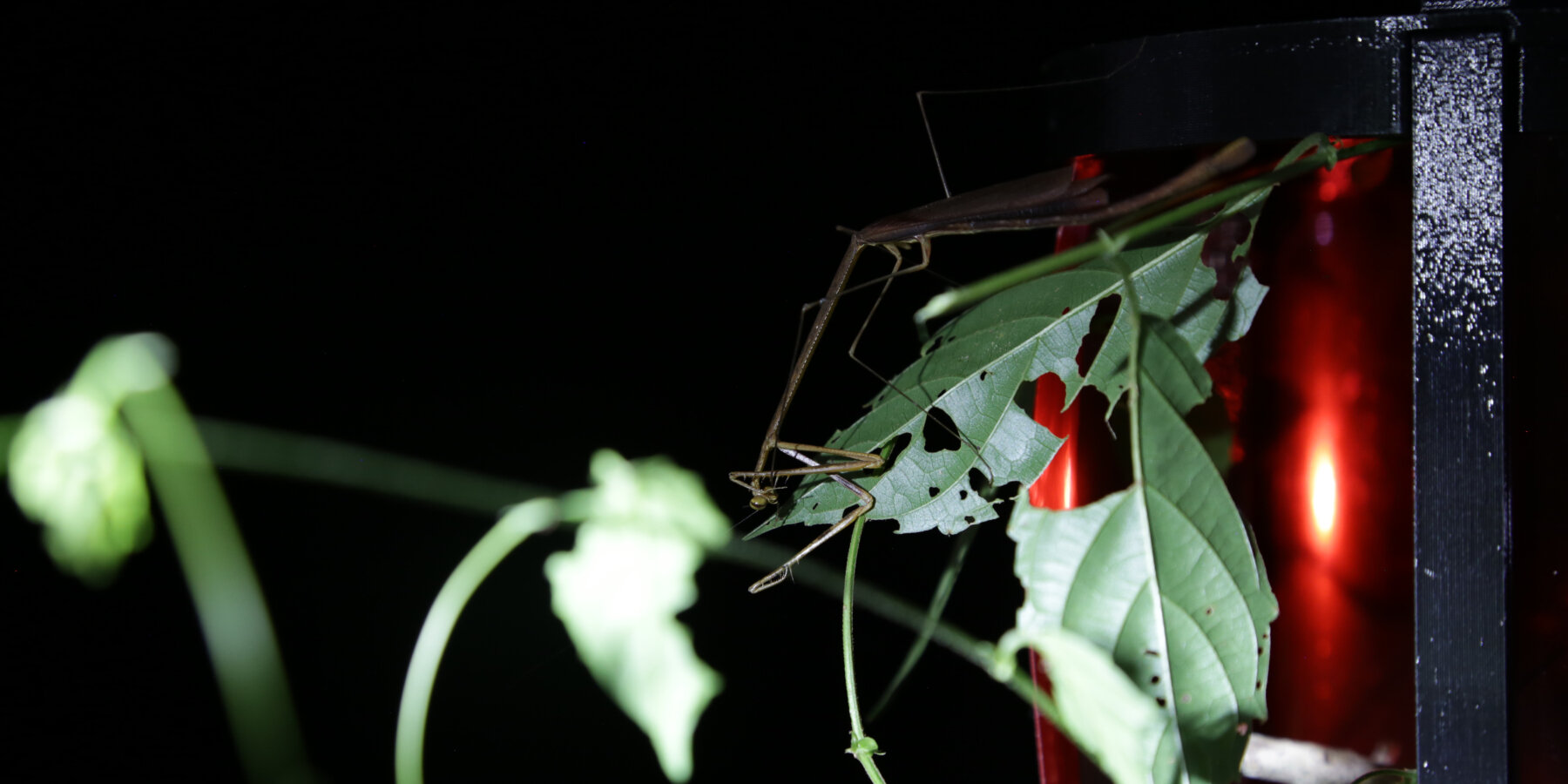
the the EXOPACK 3D-printed armature has been tested at the Viruá National Park in the Brazilian Amazon
project info:
name: EXOPACK
studio: Sabine Marcelis
team: DEEP (Clea Irving, James Deutsher)
deployment and research: Projeto Mantis
